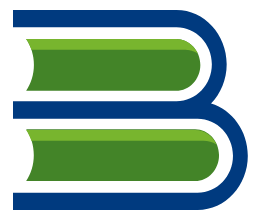Project Based Learning
Project Based Learning is a teaching method in which students gain knowledge and skills by working for an extended period of time to investigate and respond to a complex question, problem, or challenge. It does not replace traditional learning but supports it by allowing students to go deeper in their learning and understanding of curriculum content
Why PBL?
- In PBL, students are active, not passive; a project engages their hearts and minds, and provides real-world relevance for learning.
- After completing a project, students remember what they learn and retain it longer than is often the case with traditional instruction. Because of this, students who gain content knowledge with PBL are better able to apply what they know and can do to new situations.
- In the 21st century workplace, success requires more than basic knowledge and skills. In PBL, students not only understand content more deeply but also learn how to take responsibility and build confidence, solve problems, work collaboratively, communicate ideas, and be creative innovators.
- Modern technology – which students use so much in their lives – is a perfect fit with PBL. With technology, teachers and students can connect with experts, partners, and audiences around the world, and use tech tools to find resources and information, create products, and collaborate more effectively.
- PBL allows teachers to work more closely with active, engaged students doing high-quality, meaningful work, and in many cases to rediscover the joy of learning alongside their students.
